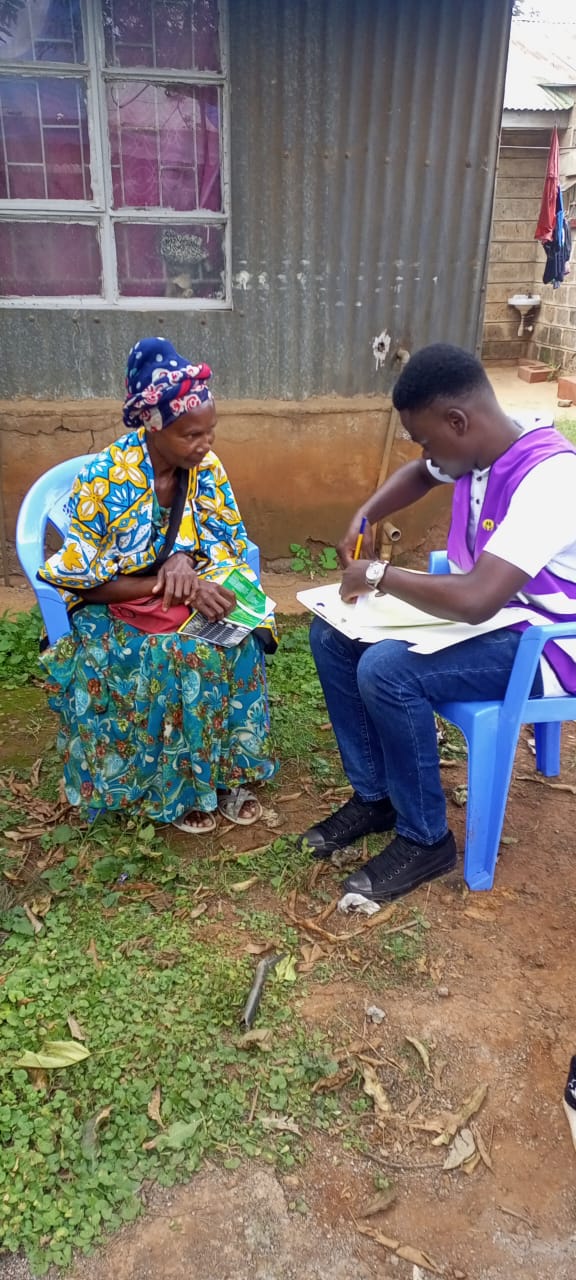HEALTHY AGEING
Healthy aging encompasses various aspects of physical, mental, and social well-being that enable individuals to maintain their quality of life as they grow older. Here’s a conceptual framework highlighting key components:
Physical Health:
Regular Exercise: Engaging in activities that promote cardiovascular health, strength, flexibility, and balance.
Balanced Nutrition: Consuming a diet rich in fruits, vegetables, lean proteins, and whole grains to support overall health and vitality.
Preventive Healthcare: Routine screenings, vaccinations, and health check-ups to detect and manage age-related conditions early.
Chronic Disease Management: Proper management of chronic conditions such as diabetes, hypertension, and arthritis to minimize their impact on daily life.
Mental Well-being:
Cognitive Stimulation: Engaging in mentally challenging activities such as puzzles, reading, learning new skills, or social interactions to maintain cognitive function.
Emotional Resilience: Developing coping strategies to manage stress, anxiety, and depression effectively.
Social Engagement: Maintaining strong social connections with friends, family, and community to combat loneliness and promote mental well-being.
Social Connectedness:
Community Involvement: Participating in community activities, volunteering, or joining clubs and organizations to stay engaged and connected.
Intergenerational Relationships: Fostering relationships with individuals of different age groups to share experiences, knowledge, and support.
Support Networks: Building a support system of friends, family, and caregivers to provide assistance and companionship as needed.
Lifestyle Choices:
Avoidance of Harmful Substances: Limiting alcohol consumption, avoiding smoking, and minimizing exposure to environmental toxins to promote overall health.
Adequate Sleep: Prioritizing sufficient and quality sleep to support physical and cognitive function.
Stress Management: Practicing relaxation techniques such as meditation, mindfulness, or yoga to reduce stress levels.
Financial Security:
Retirement Planning: Saving and investing wisely to ensure financial stability and independence in later years.
Healthcare Planning: Understanding healthcare options, including insurance coverage and long-term care planning, to mitigate financial burdens associated with aging-related expenses.
Environmental Considerations:
Safe Living Environment: Creating a home environment that is conducive to aging in place, with adaptations for mobility, accessibility, and safety.
Access to Healthcare: Ensuring access to healthcare services, including transportation and proximity to medical facilities, to facilitate timely and appropriate care.









